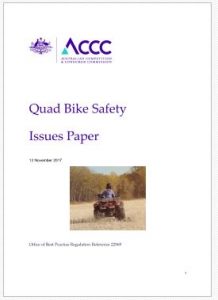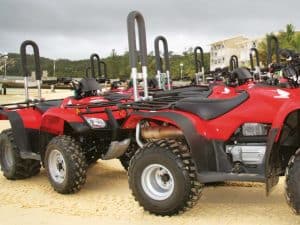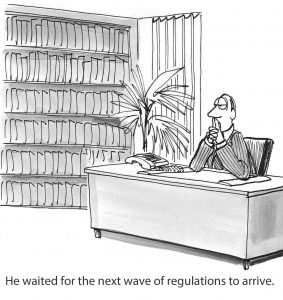 A crucial element in achieving the aims of the independent review into WorkSafe Victoria, as discussed in an earlier SafetyAtWorkBlog article, seems to be the operation of the Occupational Health and Safety Advisory Committee (OHSAC). It was difficult to obtain a list of the current members of OHSAC. Due to the appointments being considered “ministerial”, WorkSafe would not reveal memberships.
A crucial element in achieving the aims of the independent review into WorkSafe Victoria, as discussed in an earlier SafetyAtWorkBlog article, seems to be the operation of the Occupational Health and Safety Advisory Committee (OHSAC). It was difficult to obtain a list of the current members of OHSAC. Due to the appointments being considered “ministerial”, WorkSafe would not reveal memberships.
But it is worth considering whether this type of tripartite-dominated committee is the most suitable or effective way of consulting on occupational health and safety issues. Can it represent the gig economy and new work arrangements? Given the broadening of OHS into mental health and wellness, does the current membership still represent OHS? Where’s the Human Resources representative? Does OHSAC membership fit with the diversity we now expect from our company Boards? But, above all else, does the growth in social media make these often plodding, and sometimes secretive, processes ineffective or redundant?
A spokesperson for the Victorian Government has provided the following names of current OHSAC members as at December 2017. SafetyAtWorkBlog has added titles and links to online member profiles:

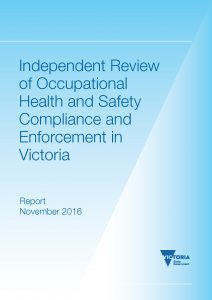
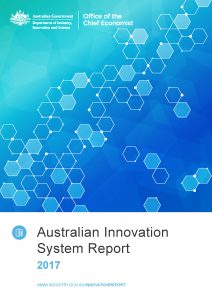 Australia’s Office of the Chief Economist released a report on December 6 2017 whose relevance to occupational health and safety (OHS) is not immediately apparent but contributes to understanding the context of OHS in modern business processes.
Australia’s Office of the Chief Economist released a report on December 6 2017 whose relevance to occupational health and safety (OHS) is not immediately apparent but contributes to understanding the context of OHS in modern business processes. 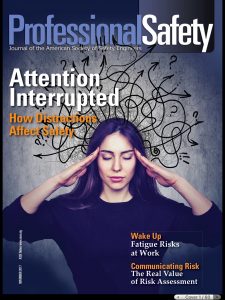 Workplace safety lawyers are regular contributors to occupational health and safety (OHS) journals, usually writing about some OHS case law or recent, topical prosecution. Occasionally they write a more research-based article. The November 2017 edition of
Workplace safety lawyers are regular contributors to occupational health and safety (OHS) journals, usually writing about some OHS case law or recent, topical prosecution. Occasionally they write a more research-based article. The November 2017 edition of 